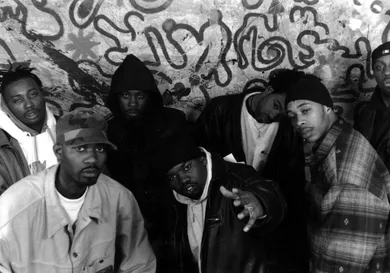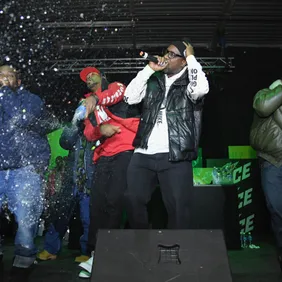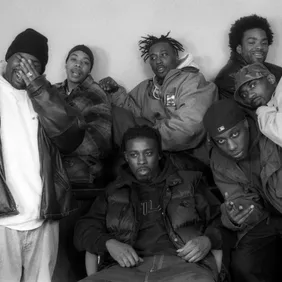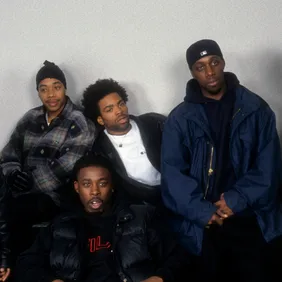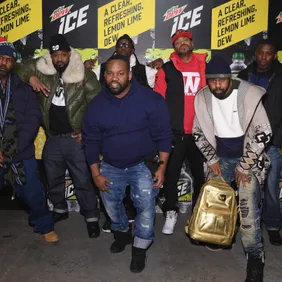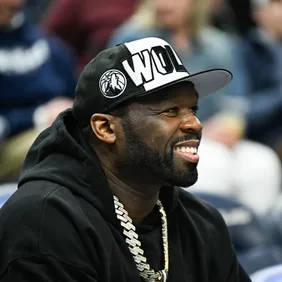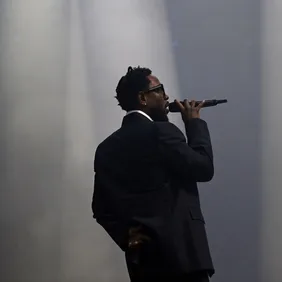The slums of Shaolin are a dangerous place, home to many perilous characters. Gritty New York violence coalesces with far-East mysticism, cornerside beatdowns delivered via ancient kung-fu techniques. It is there where a legendary collective formed, bringing forth kindred yet disparate spirits, each pledged to a singular cause. The RZA, the GZA, Ol' Dirty Bastard, Inspectah Deck, Raekwon the Chef, U-God, Ghostface Killah, Masta Killa and the Method Man. The Wu-Tang Clan was swiftly formed, wasting little time in solidifying themselves within the hip-hop pantheon.
Today, their debut album, Enter The Wu-Tang (36 Chambers) turns twenty-five. The RZA’s visionary mindstate played an integral role in crafting a cohesive project, drawing from kung-fu filmography and a somber, gothic sense of New York musicality. Bobby Digital put his considerable talents to use, opting to mix the album with his salt-of-the-earth recording equipment, thus imbuing the project with a notable “filth.” Such sonic qualities played a long way in capturing the violent undertones, brought to the surface through brilliant lyricism from Raekwon The Chef, Ghostface Killah, and U-God.
Yet Wu-Tang was not strictly a bruiser’s enterprise; there were scholars in the ranks. The RZA, GZA and Inspectah Deck brought an academic sensibility to the proceedings, wizened in their teachings. Metaphysical concepts and mathematics became defining Wu principles. One could hear a higher-power’s master plan outlined in one breath, before being serviced the drunken ramblings of beloved madman Ol’ Dirty Bastard in the next. Natural smooth-talker Method-Man quickly emerged as one of the game’s smoothest voices, and his masterful flow was displayed in full on the classic “Method Man.” Spell it properly, even if you’re only thinking it.
To dwell on a track-by-track retrospective is futile. Time is much better spent living with the album, soaking in the sonic blemishes and unique vernacular. Even those younger than 36 Chambers itself will likely find themselves immersed in Wu-Tang’s fantastical worldbuilding. A concept album without linearity, starring icons befitting a video game’s unlockable roster. Lyrically, there is truly something for everyone; your favorite Clan member may quite possibly differ from mine, on a track-by-track basis. Yet the chemistry remains natural. It’s clear that each party bought into the overall vision, operating in the name of a greater cause while still allowing individuality to flourish. This is no amorphous blob, but rather eight goddamn talented rappers united under one banner.
Even at twenty-five, Enter The Wu-Tang has aged particularly well in many regards. Celebrated by the streets and the suburbs alike, the Wu-Tang insignia has become a cultural icon for all walks of life; the man serving your coffee may whisper “Wu-Tang ain’t nothin’ to fuck with,” while Staten Island up-and-comers may slang “word is bond” like a young Tony Starks. Whether you’re listening for the first time or the fiftieth, Enter The Wu-Tang remains an essential part of the hip-hop canon, and should be respected as such. Otherwise, expect nothing less than “torture, motherfucker!”
